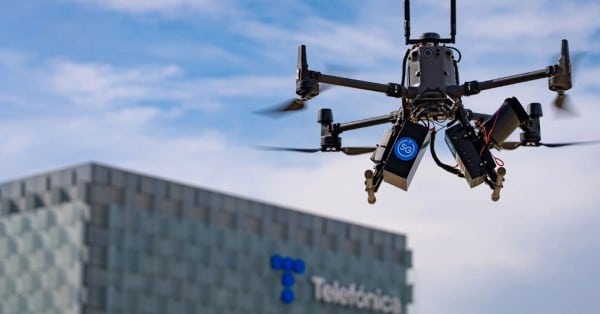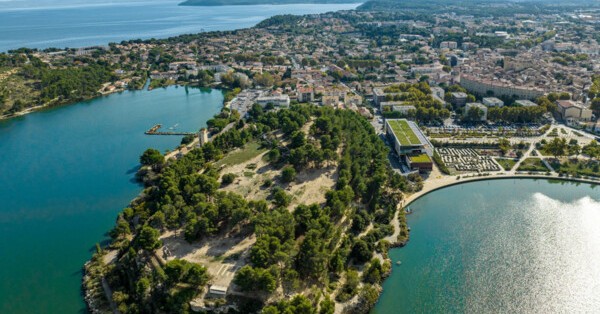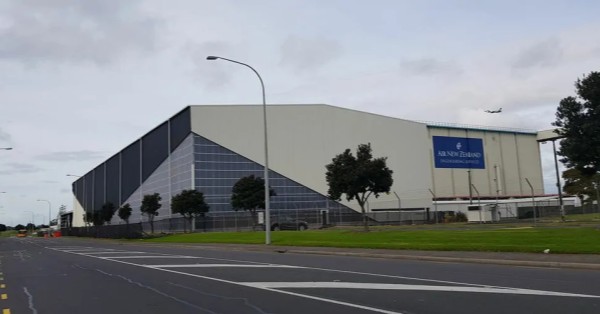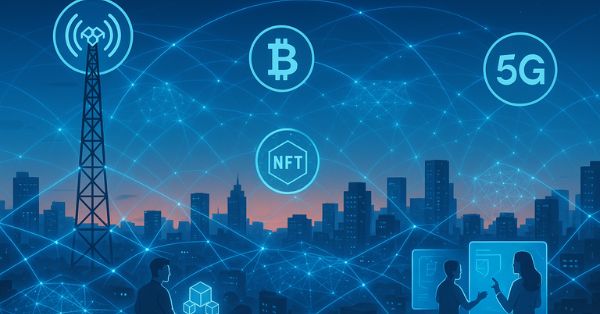Telefónica has pioneered the utilization of 5G-connected drone air traffic control for package delivery in Spain, opening up a new realm of possibilities.
The primary goal of this project is to assess how 5G networks can accelerate the development and integration of drone services within urban settings. For this, Telefonica is using C-V2X (connected car) and RTK technologies for precise location.
This use case will be showcased in the presentation ‘Drones 5G, Present and Future’, which will take place on February 28th at 1 PM in Agora stand, with which Telefónica will collaborate at Mobile World Congress 2023.
Correos, a pioneering company committed to discovering new solutions for transporting goods via drones that can access hard-to-reach areas or even offer unique services, has been essential in the development of this project. The pilot includes the flight of various connected drones interacting with different urban elements through their journey to transport packages efficiently while avoiding restricted airspace zones.
The Telefónica 5G Madrid proposal is being supported by the Ministry of Economic Affairs and Digital Transformation through Red.es, as part of a call for grants to promote innovation in 5G in Spain with FEDER funds co-financing this project.
To achieve this, Telefónica has relied on Gradiant to develop a smart cooperative communication system (based on 5G and C-V2X), implement the solution that provides accurate locations, and integrate these technologies into drones and other Smart City components.
Ericsson has conducted research to better understand the implications of 5G on location services and collaborated with Genasys, a specialist in Location Based Services (LBS) and critical emergency communications, to get precise information from its existing commercial mobile networks.
Use cases implemented with the pilot
Specifically, the use cases implemented are:
- Traffic coordination between two drones: With the help of two drones, a potential collision can be avoided by detecting and intercepting one another’s flight path. When both are in imminent danger of crashing into each other, one stops while the other continues on its trajectory. This efficient traffic coordination prevents any catastrophe from occurring and allows both machines to resume their previously planned missions.
- Warning for prohibited areas: A beacon on the ground has been set up to mark restricted zones and will perpetually relay its location. When a drone detects that it is entering this area, it quickly veers away from this region and continues its trajectory in an alternate route.
- Package delivery at a mobile delivery point: With a mobile delivery point, the beacon is connected in such a way that it transmits its location at regular intervals. This allows drones to have pinpoint accuracy when landing and delivering packages.
This, combined with an air control platform that tracks and displays the location of all connected drones and beacons and data of participants present, makes it possible to monitor communication messages transmitted in real-time.
In order to make this pilot operational, it has been essential to combine a multitude of technologies such as 5G networking, C-V2X communications (the same ones employed in the linked car), Real Time Kinematics technology, and mobile localization.
5G technology,, with its ultra-low latency and high bandwidth capability, is paramount for the development of drone-based operations. This is because instantaneous communication between drones and other connected objects relies on these low latencies.
C-V2X technology, utilized in vehicular communications, has unlocked the drone’s capacity to interact with its surroundings through short-range messages. By connecting and conversing with a Smart City environment, drones can react intelligently and quickly adjust to changes.
The power of RTK technology (Real Time Kinematic or real-time kinetic satellite navigation) is instrumental in providing exact accuracy, with centimeter margins of error. This makes it indispensable for operations such as the navigational landing of drones into mobile mailboxes.
In addition to all this, the 5G location service provides invaluable information such as positioning and exact distance from the antenna. This is a critical, independent source compared to GNSS for accurately gauging drone position and ensuring it remains secure.
Leonor Ostos, the Innovation Manager at Telefonica Spain, states that this innovative use case is derived from a future need. Drones have an array of potential applications in both businesses and everyday life–such as the delivery of products, photography, search and rescue operations, agriculture assessment, engineering inspections, 3D mapping activities, monitoring projects, environmental protection duties, recreational flights, etc.
Drones need powerful communication networks to operate and transmit data in real time. This project explores the potential of air control systems and drone communications, unlocking a new reality that we foresee within the near future.
Maria Dolores Climent, leading the Correos Strategy area, is confident in their abilities: “After more than three centuries of experience and progress, Correos has remained agile to remain current on all times. We’re continuously looking for modern innovations that positively impact our logistics chain- new technology plays a major role in this aim.”




























